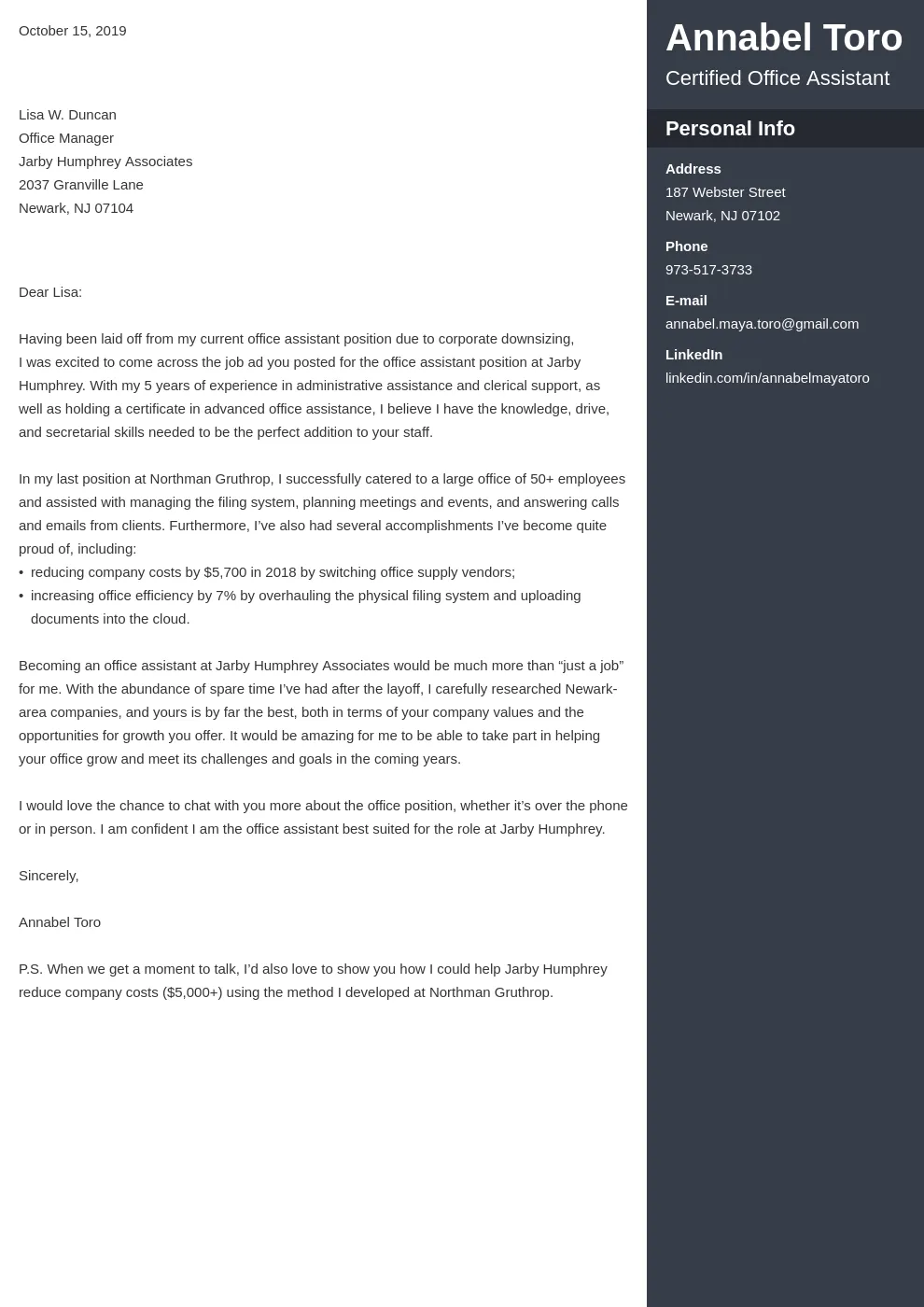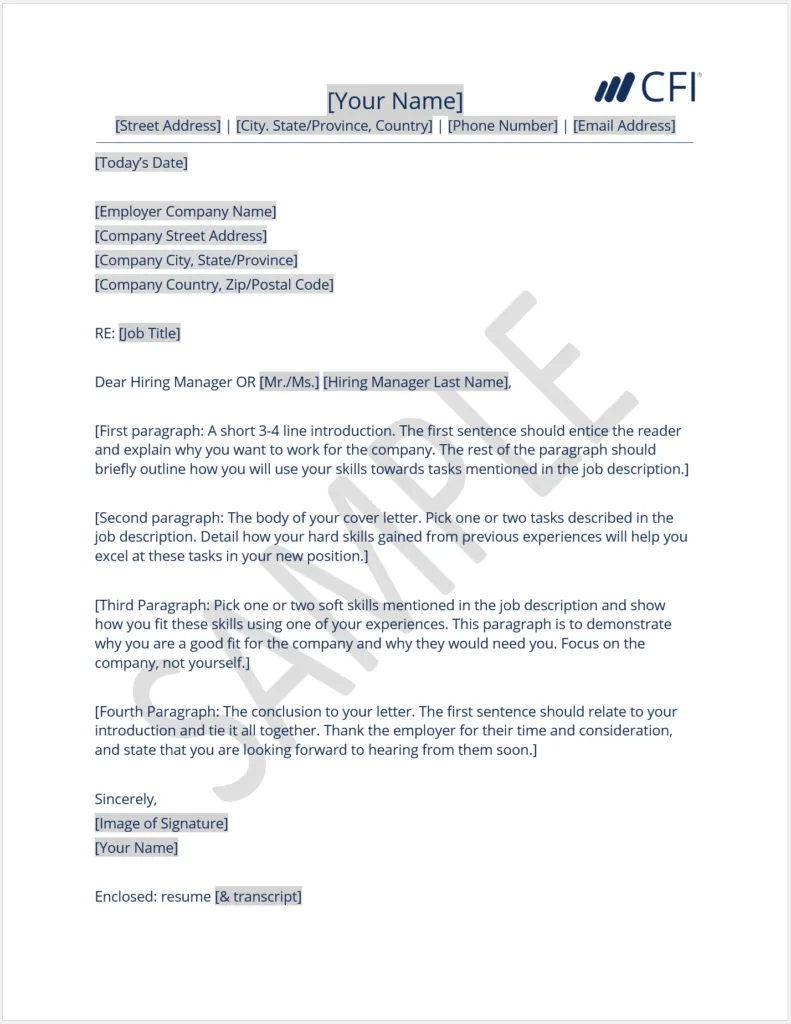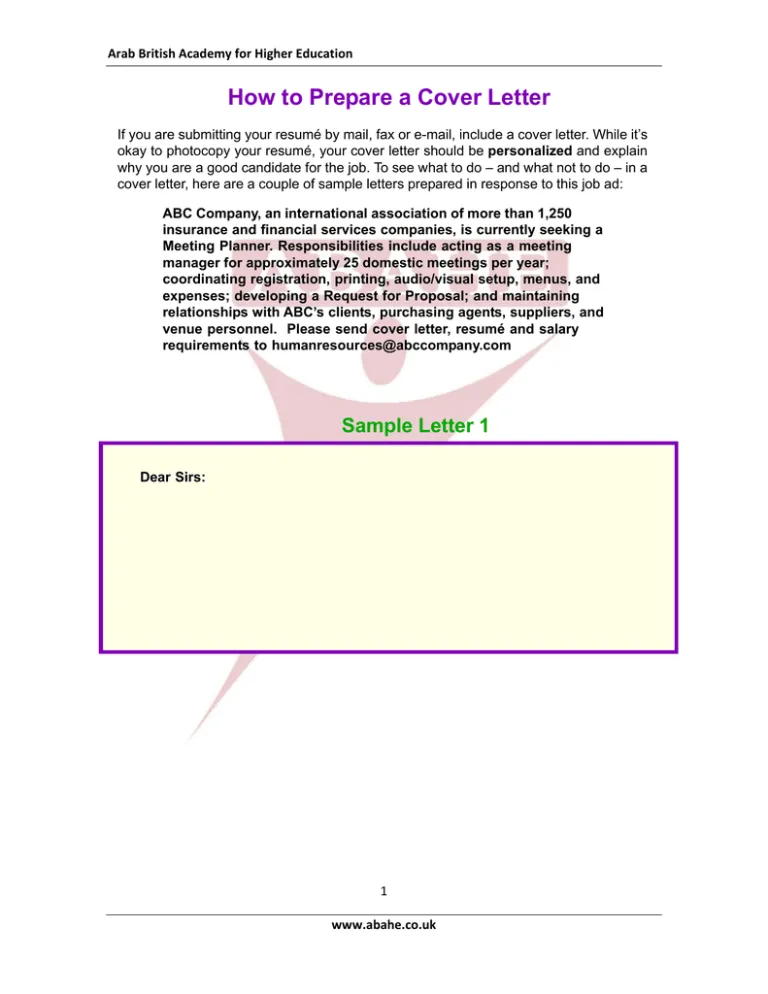What is SEO Optimization
SEO, or Search Engine Optimization, is the practice of optimizing a website to improve its visibility when people search for products or services related to your business on Google, Bing, and other search engines. SEO is a multifaceted discipline, incorporating technical aspects of website structure, content creation, and off-site promotion. The primary goal is to increase organic (non-paid) search traffic, which can lead to more leads, sales, and brand recognition. A well-executed SEO strategy considers factors from keyword research to user experience. By understanding and implementing effective SEO techniques, businesses can significantly improve their online presence and achieve sustainable growth. This involves making your website more attractive to both search engines and the users who are searching for the information your site provides.
Understanding the Importance of SEO
SEO is critical because it’s the foundation of a successful online presence. Most online experiences start with a search engine, and a high ranking in search results increases the likelihood of users clicking through to your website. Effective SEO drives organic traffic, which is often more valuable than paid traffic because it targets users actively searching for information or products related to your business. Moreover, a strong SEO strategy builds credibility and trust with users; a website that appears at the top of search results is often perceived as more authoritative and reliable. Consistent efforts in SEO also contribute to long-term growth and sustainability, providing a lasting return on investment as compared to short-term advertising campaigns. In today’s digital landscape, a solid SEO strategy is no longer optional; it’s essential for business survival.
The Benefits of SEO Optimization

The benefits of SEO optimization extend far beyond just higher rankings; they encompass various aspects that contribute to overall business success. Increased organic traffic is a direct result, leading to more potential customers visiting your site. This can translate into higher conversion rates, as users who find your website through relevant search queries are often further along in the buying process. Improved user experience is another key benefit. SEO best practices, such as fast loading speeds and mobile responsiveness, enhance the user experience, making visitors more likely to stay on your site and explore its content. Furthermore, SEO boosts brand awareness and credibility. When your website consistently appears at the top of search results, it reinforces your brand’s presence and establishes trust within your industry. Over time, these advantages can result in increased revenue, stronger customer relationships, and a more competitive position in the market.
Keyword Research Strategies
Keyword research is the cornerstone of any effective SEO strategy. It involves identifying the terms and phrases that your target audience uses when searching for information, products, or services related to your business. Thorough keyword research provides insights into what people are searching for, the search volume of these terms, and the level of competition. This information guides content creation, helping you optimize your website’s pages to target the most relevant and high-potential keywords. Proper keyword research also informs your content strategy, ensuring that you produce content that aligns with searcher intent, addressing their questions, and providing valuable solutions. By focusing on the right keywords, you increase your chances of attracting qualified traffic and improving your search engine rankings, ultimately driving conversions and business growth. The right keywords will drive the right traffic.
Identifying Relevant Keywords
Identifying relevant keywords starts with understanding your target audience and their specific needs and preferences. Begin by brainstorming a list of topics that relate to your business and the products or services you offer. Think about the problems your products solve, the information your customers seek, and the language they use. Then, consider using keyword research tools to expand your list, uncovering variations, related terms, and long-tail keywords. Analyze the search volume, competition, and user intent for each keyword. High-volume keywords can bring more traffic, but they’re often more competitive. User intent is also important; understand whether users are looking for information, making a purchase, or navigating to a specific site. Prioritize keywords that align with your business goals and have a good balance of search volume, competition, and user intent. Effective keyword research helps to capture the attention of your desired audience.
Using Keyword Research Tools

Keyword research tools are essential for efficient and effective keyword analysis. Tools like Google Keyword Planner, SEMrush, Ahrefs, and Moz Keyword Explorer provide valuable data and insights into keyword performance. These tools offer features like keyword suggestion, search volume data, competition analysis, and keyword difficulty scores. Google Keyword Planner, for example, is free and directly integrates with Google Ads, offering insights into potential search terms and their estimated cost-per-click. SEMrush and Ahrefs provide more advanced features, including competitor analysis, backlink analysis, and content optimization recommendations. Moz Keyword Explorer provides suggestions for related keywords, difficulty scores, and opportunities to optimize content. When using these tools, always interpret the data in conjunction with your business goals, industry knowledge, and understanding of your target audience. These tools are designed to streamline the keyword research process.
On-Page Optimization Techniques
On-page optimization is the process of optimizing individual web pages to improve their search engine rankings and earn more relevant traffic. It involves implementing SEO best practices directly on your website, from optimizing title tags and meta descriptions to creating high-quality content and improving website structure. Effective on-page optimization makes it easier for search engines to understand the content on your web pages, as well as the context of the pages. These elements are critical to improving the visibility of your website and should be considered to ensure the best possible results from your SEO efforts. A well-optimized page not only ranks higher but also provides a better user experience, encouraging visitors to stay longer and explore more of your content. This leads to higher conversion rates and overall business growth. This process should be followed for every page to enhance its performance.
Optimizing Title Tags and Meta Descriptions
Title tags and meta descriptions are critical elements that appear in search engine results pages (SERPs). The title tag is the HTML tag that specifies the title of a web page, and it’s the first thing users see when they find your site on a search engine. The meta description is a brief summary that appears below the title in the search results, providing users with a glimpse of the page’s content. Optimizing these elements is essential for attracting clicks and improving your website’s click-through rate (CTR). Your title tag should include your target keyword at the beginning, if possible, and accurately describe the page’s content. The meta description should concisely summarize the page’s content, highlighting its unique value proposition and including a call to action. Crafting compelling title tags and meta descriptions increases the likelihood of users clicking on your website from the search results.
Using Header Tags Effectively

Header tags (H1 to H6) are HTML elements used to structure your content hierarchically, making it easier for both search engines and users to understand. The H1 tag is typically used for the main title of a page, while H2 tags are used for main section headings, and H3 through H6 tags are used for subheadings and further organization. Properly using header tags improves readability and helps search engines understand the content’s structure and the relevance of the keywords used. Make sure to use your target keywords in your header tags naturally, but avoid keyword stuffing. Your H1 tag should include your primary keyword, and your H2 and H3 tags should support the main topic of the content. The strategic use of header tags not only boosts your SEO but also significantly enhances the user experience. Clear organization through header tags makes your content more accessible.
Creating High-Quality Content
High-quality content is the cornerstone of any successful SEO strategy. This means producing content that is informative, engaging, and provides value to your target audience. Create content that is original, well-researched, and comprehensive, addressing the needs and questions of your audience. Incorporate your target keywords naturally throughout the content without keyword stuffing. Use relevant images, videos, and other multimedia elements to enhance the user experience. Regular content updates and fresh content will keep your website relevant and appealing to search engines. High-quality content builds trust with your audience, establishes your expertise, and encourages social shares and backlinks, all of which positively impact your SEO. By consistently providing valuable content, you improve your search engine rankings and drive more organic traffic.
Off-Page Optimization Strategies
Off-page optimization involves activities performed outside of your website to improve its search engine rankings. Primarily, it’s about building your website’s authority and credibility. The most effective off-page strategy is link building, which involves acquiring backlinks from other websites. Backlinks are essentially votes of confidence from other sites. Other crucial off-page strategies include social media marketing, online reputation management, and brand mentions. These strategies enhance your online visibility, build your brand reputation, and drive traffic to your website. A strong off-page strategy boosts your website’s trustworthiness and authority in the eyes of search engines.
Building High-Quality Backlinks

Building high-quality backlinks is a critical aspect of off-page SEO. Backlinks are links from other websites that point to your website. The more high-quality backlinks you have, the more authority and credibility your website gains in the eyes of search engines. Focus on acquiring backlinks from reputable, relevant websites. Techniques for building backlinks include creating valuable, shareable content, guest blogging, broken link building, and participating in online communities. Avoid black-hat link-building tactics, such as buying links, as these can result in penalties from search engines. Prioritize building relationships with other website owners and content creators. This will increase the likelihood of earning natural backlinks. A strong backlink profile is crucial for improving your website’s search engine rankings and organic traffic.
Leveraging Social Media for SEO
Leveraging social media effectively plays an important role in off-page SEO. While social media signals don’t directly impact search engine rankings as much as backlinks, they can significantly boost your online visibility and indirectly improve your SEO. Share your content regularly on social media platforms to increase its reach and drive traffic to your website. Engage with your audience, build a community, and encourage social shares. Social media also helps with brand building and increases brand mentions, which can lead to improved search engine rankings. Social media provides opportunities for people to discover your content, providing a path to increased site traffic and potential customers. Use social media to promote your content.
Technical SEO Considerations
Technical SEO focuses on optimizing the technical aspects of your website to improve its crawlability, indexability, and overall performance. Technical SEO ensures that search engines can easily crawl and understand your website’s content. This includes factors such as website speed, mobile-friendliness, site architecture, and the use of a sitemap and robots.txt file. Address technical issues on your site. Proper technical SEO makes it easier for search engines to index your content. This ultimately leads to higher rankings and increased organic traffic. It provides a better experience for the users as well.
Improving Website Speed and Mobile-Friendliness

Website speed and mobile-friendliness are crucial for both user experience and SEO. A slow-loading website can frustrate users and cause them to abandon your site, negatively impacting your search engine rankings. Use tools like Google PageSpeed Insights to assess your website’s speed and identify areas for improvement. Optimize your images by compressing them, leverage browser caching, and minimize the use of plugins. Mobile-friendliness is essential, given that a large portion of web traffic comes from mobile devices. Your website should be responsive, meaning it adapts to different screen sizes. Use a mobile-first design approach, ensuring your website looks and functions properly on smartphones and tablets. Google prioritizes mobile-friendly websites, making it a key factor in search rankings.
Using a Sitemap and Robots.txt
A sitemap is a file that lists all the pages on your website, making it easier for search engines to crawl and index your content. Submitting your sitemap to search engines helps them discover and understand the structure of your website. Create an XML sitemap and submit it to Google Search Console and other search engine webmaster tools. A robots.txt file is a text file that tells search engine crawlers which pages on your website to crawl and which to ignore. Use the robots.txt file to block certain pages from being crawled, such as duplicate content or administrative sections. Proper use of a sitemap and robots.txt ensures that search engines crawl and index your website effectively, leading to improved visibility and rankings.
Analyzing and Monitoring SEO Performance
Analyzing and monitoring your SEO performance is essential for tracking progress, identifying areas for improvement, and measuring the ROI of your SEO efforts. Regularly check your website’s traffic, rankings, and conversions to assess the effectiveness of your strategies. Utilize various analytics tools to track these metrics and make data-driven decisions. This helps in evaluating the impact of the activities undertaken to ensure that the SEO strategies are optimized for results. Regular monitoring allows for timely adjustments, ensuring you stay on top of the latest SEO trends.
Using Analytics Tools

Analytics tools provide valuable data on your website’s performance, helping you understand how users interact with your site and where you can improve. Google Analytics is a free, powerful tool that provides comprehensive insights into your website traffic, user behavior, and conversions. Track metrics such as pageviews, bounce rate, time on site, and conversion rates. Google Search Console provides data on your website’s search performance, including impressions, clicks, and keyword rankings. Use these tools to identify your top-performing pages, understand how users find your website, and optimize your content and user experience. Regular analysis of these metrics provides the necessary insights to make effective decisions.
Tracking Keyword Rankings
Tracking your keyword rankings is a vital part of assessing your SEO efforts. Monitor the positions of your target keywords in search engine results pages (SERPs) to see how your website is performing. Utilize keyword tracking tools like SEMrush, Ahrefs, or Moz Keyword Explorer. These tools allow you to monitor keyword rankings, track changes over time, and identify opportunities for improvement. Monitor your rankings regularly to identify which keywords are performing well and which ones need more optimization. The goal is to see an improvement in the rankings. Track keyword performance, analyze the data, and make adjustments to your SEO strategies as needed. This will help you adjust your focus to better optimize your website.
Staying Updated with SEO Best Practices
SEO is a constantly evolving field, and it’s essential to stay updated with the latest best practices and algorithm changes. Google regularly updates its search algorithms, so you need to adapt your strategies accordingly. Follow reputable SEO blogs, industry publications, and official Google resources to stay informed about the latest trends and updates. Participate in online communities, attend webinars, and take online courses to expand your knowledge. By staying informed and adapting your strategies, you can maintain a competitive edge in search engine rankings. Continuous learning will help you create a sustainable SEO strategy.
